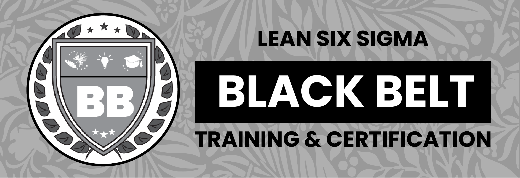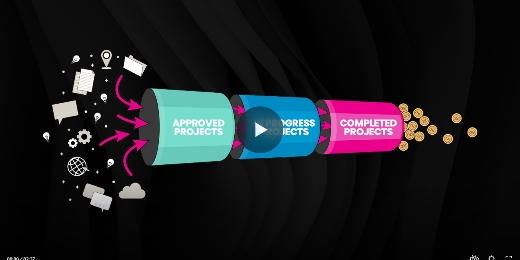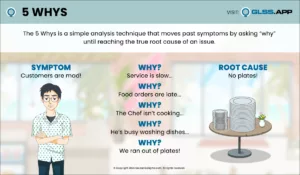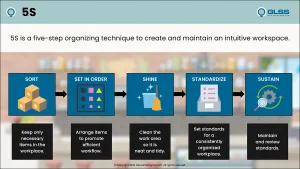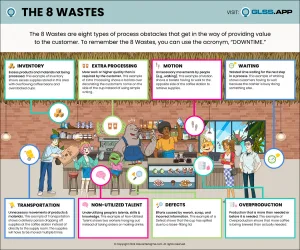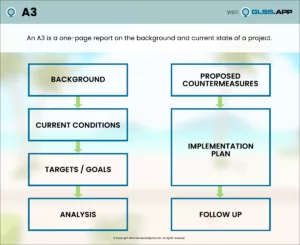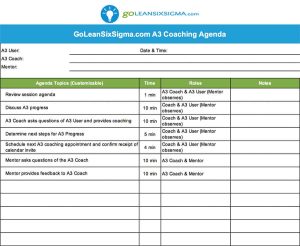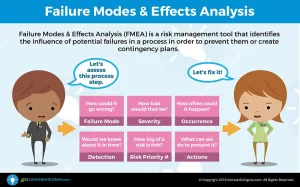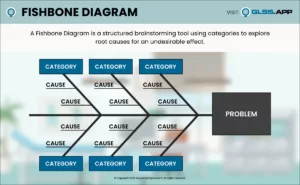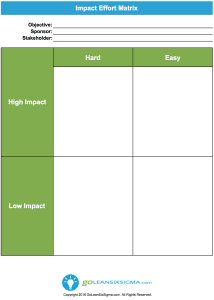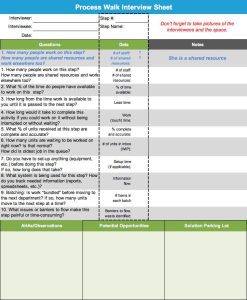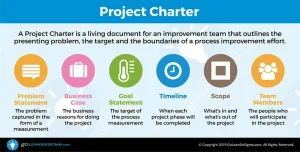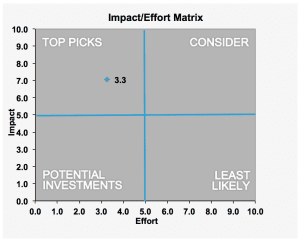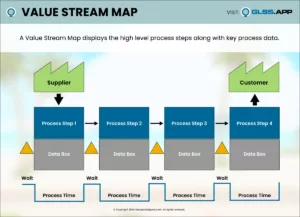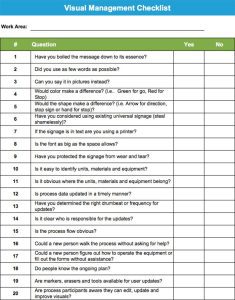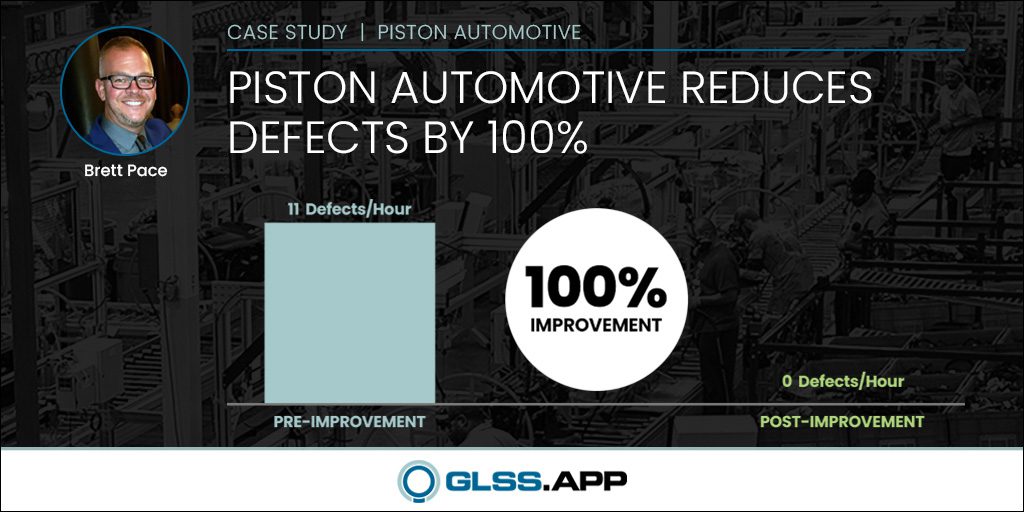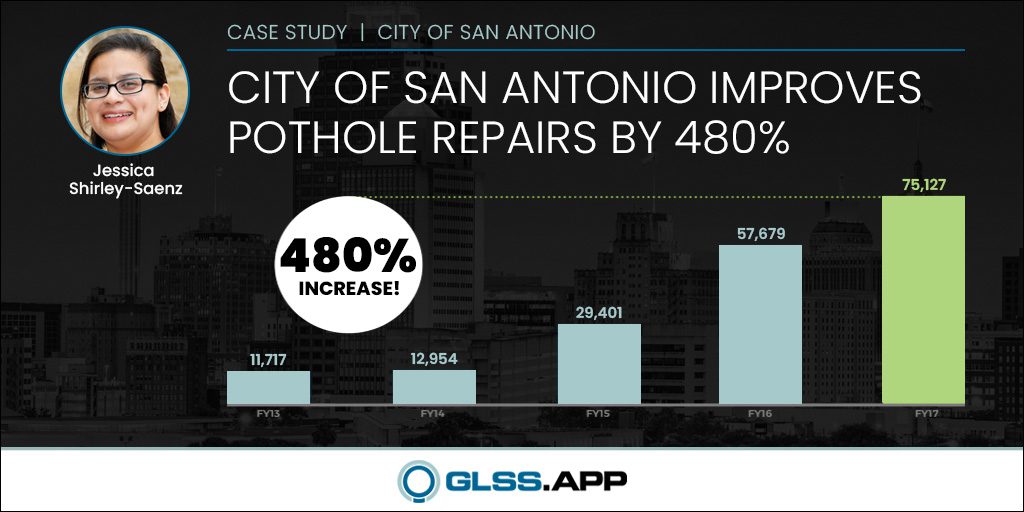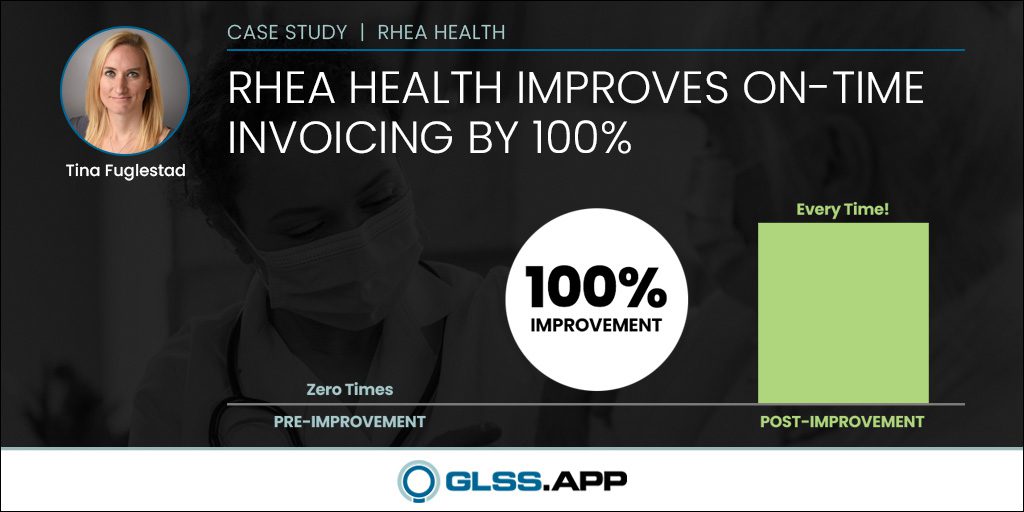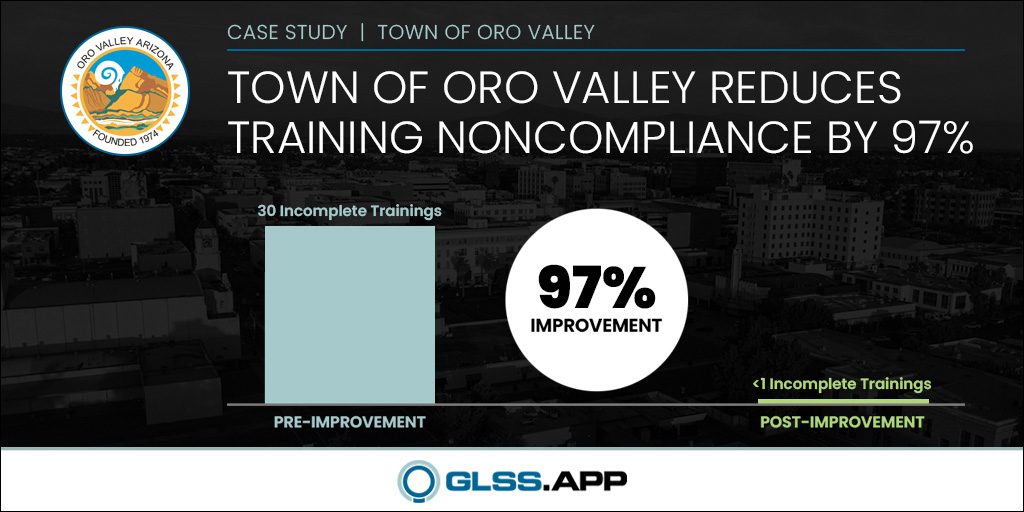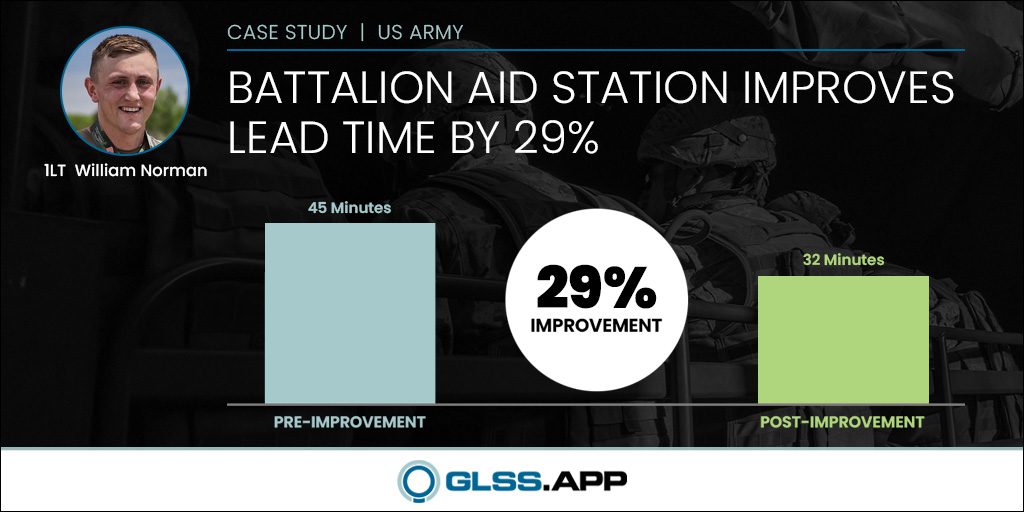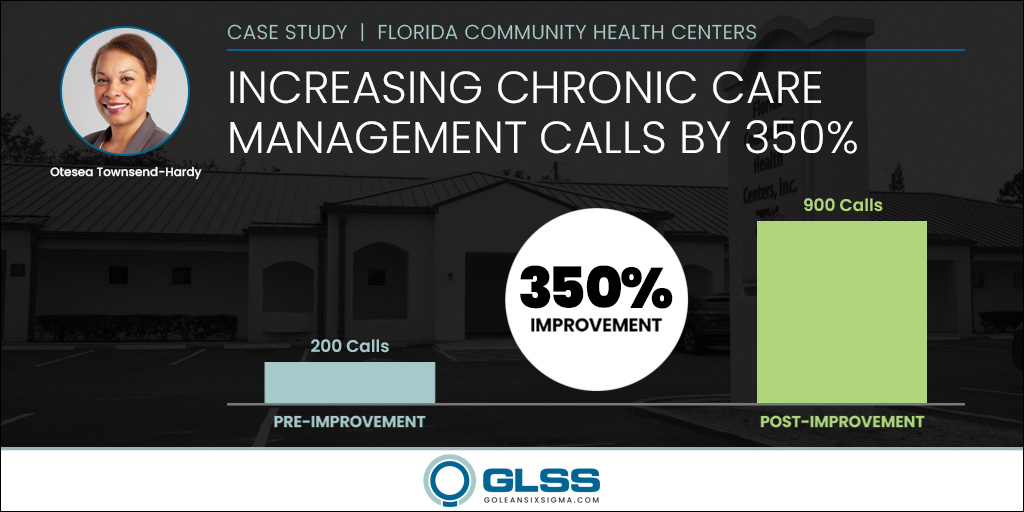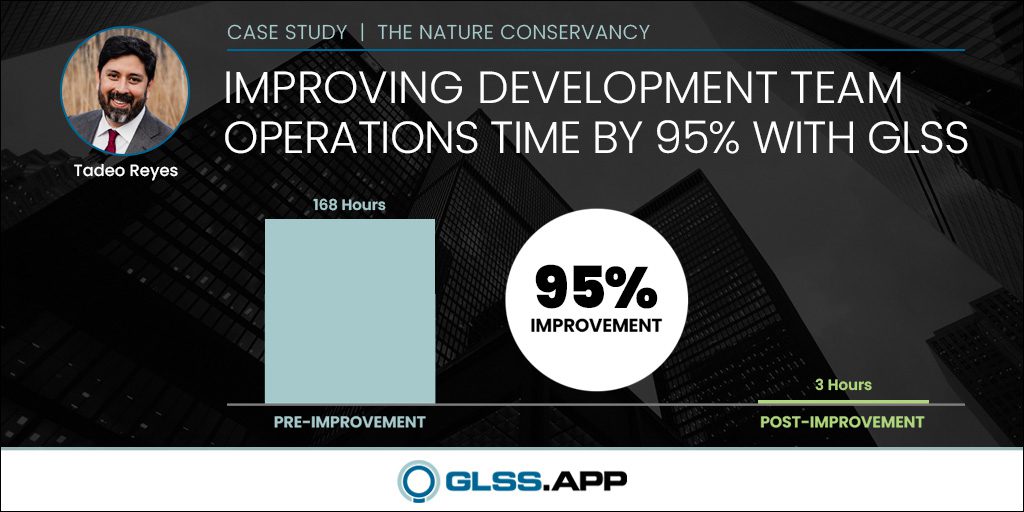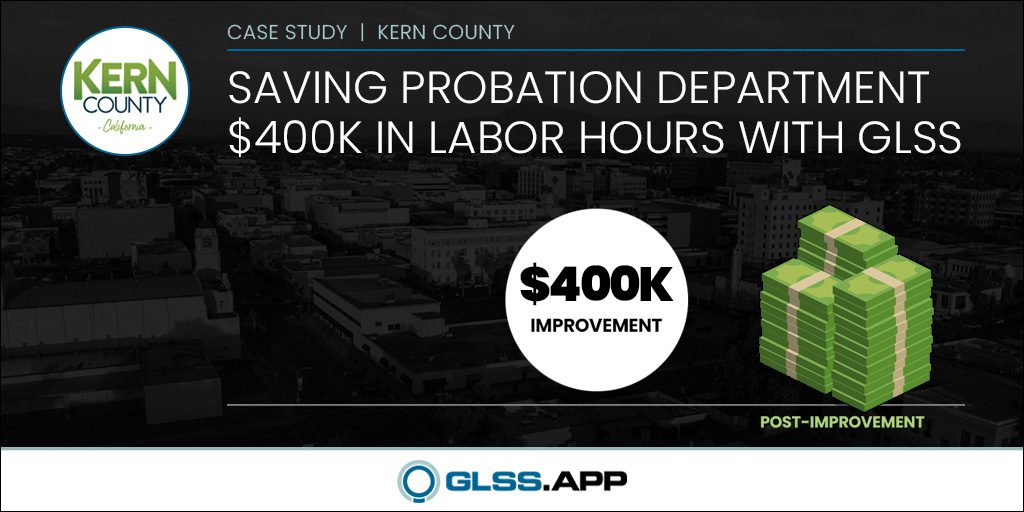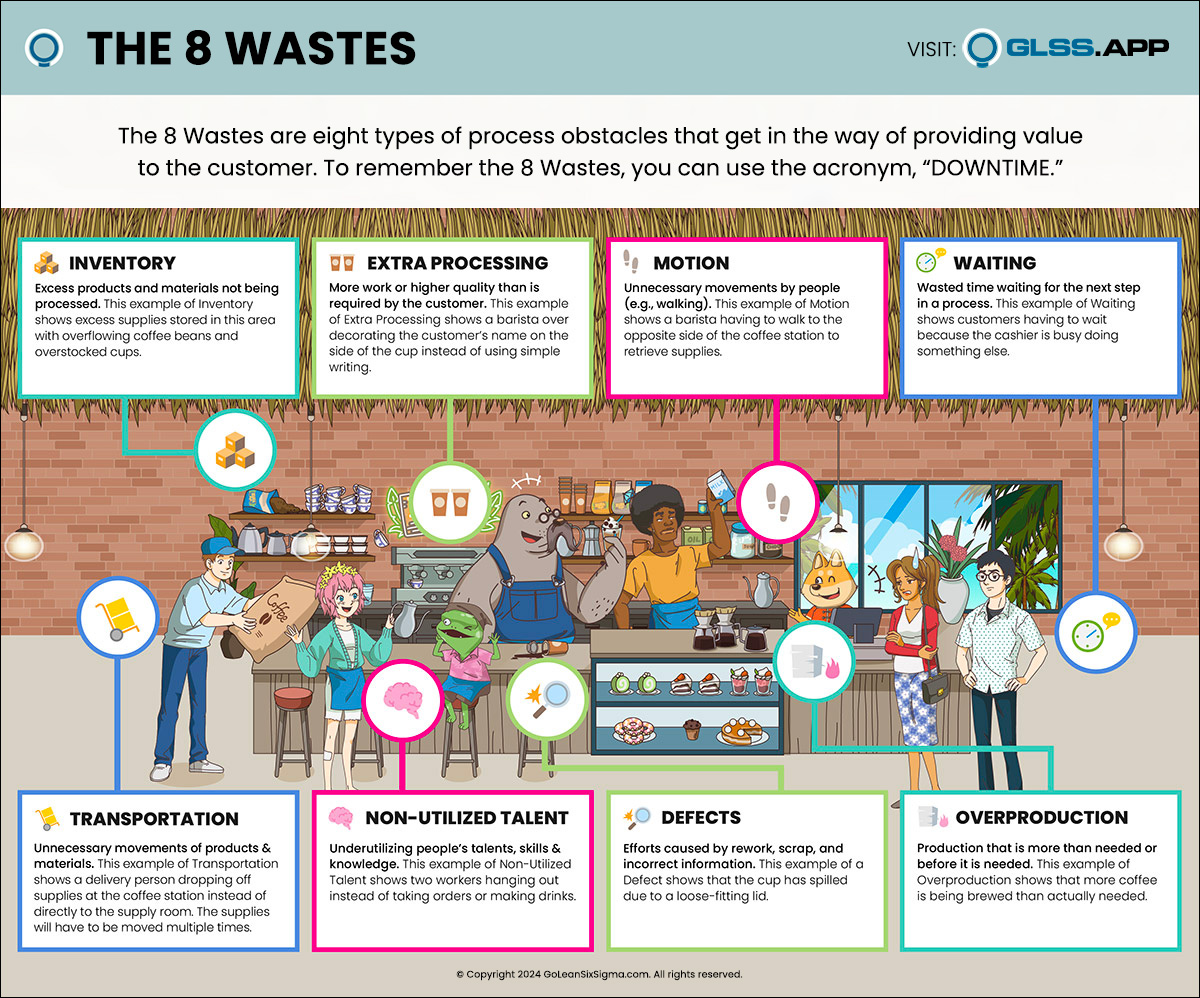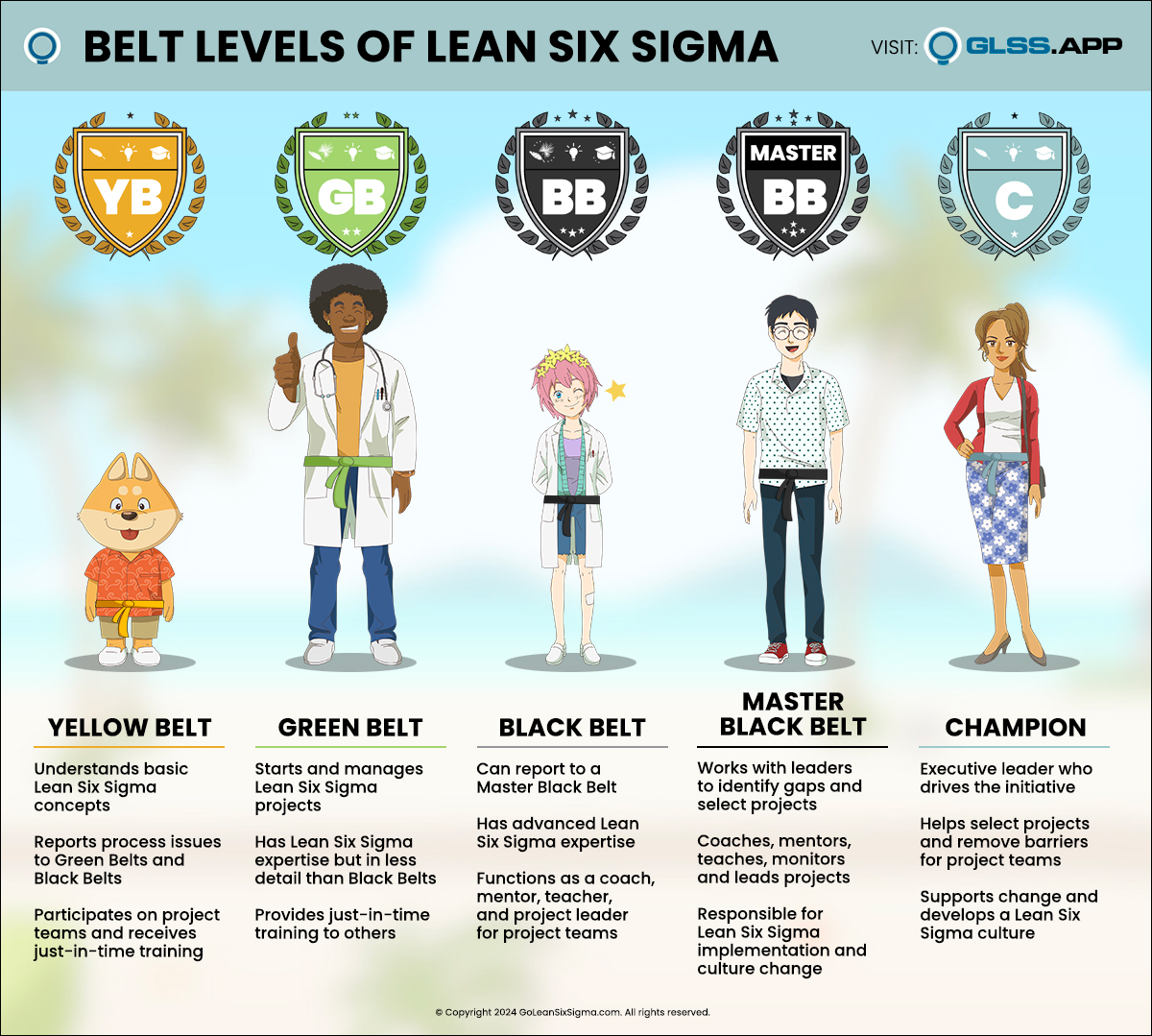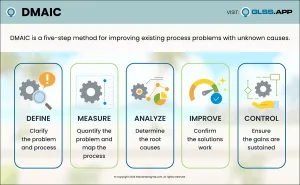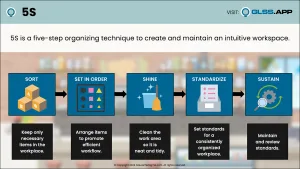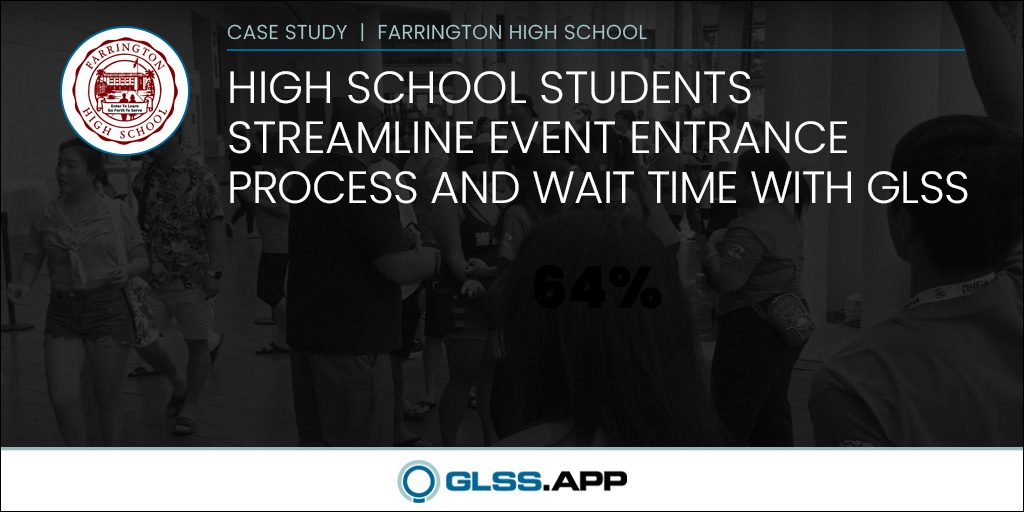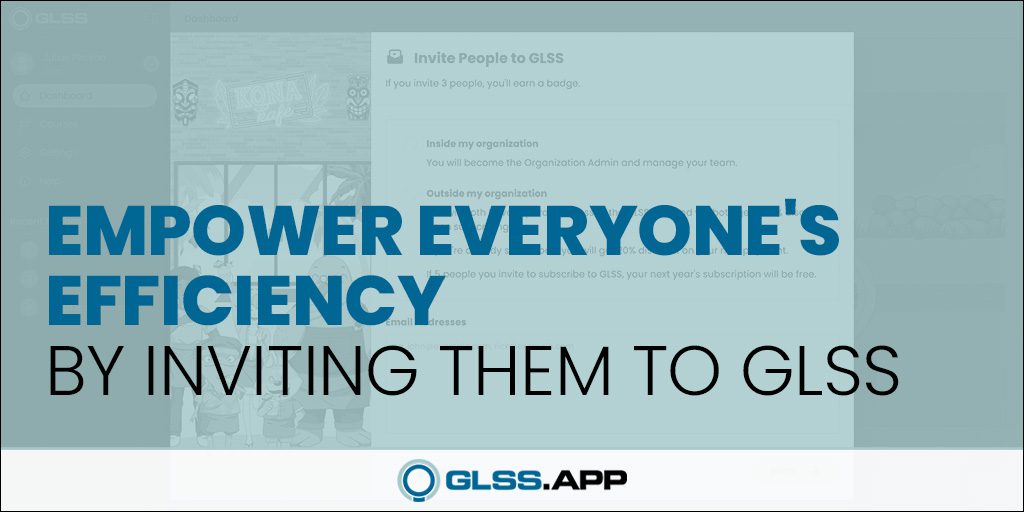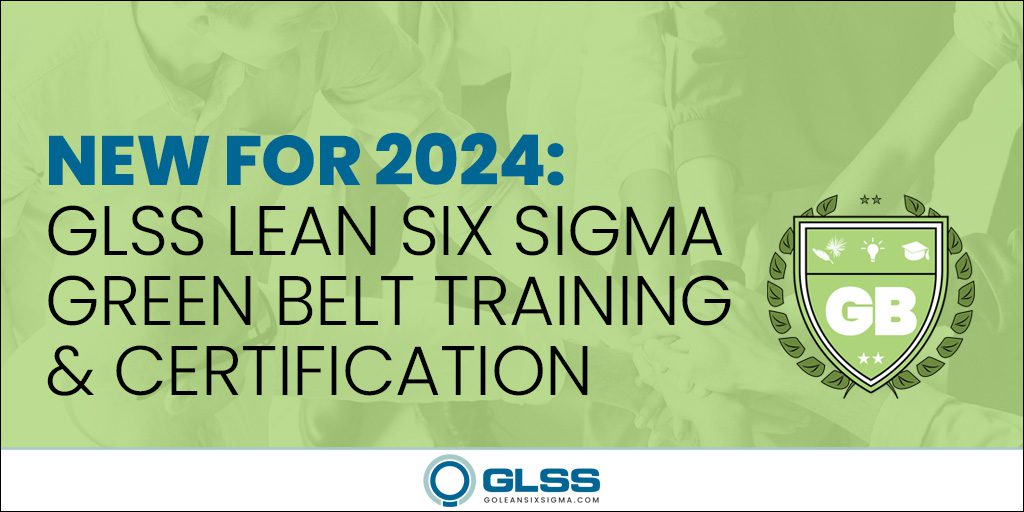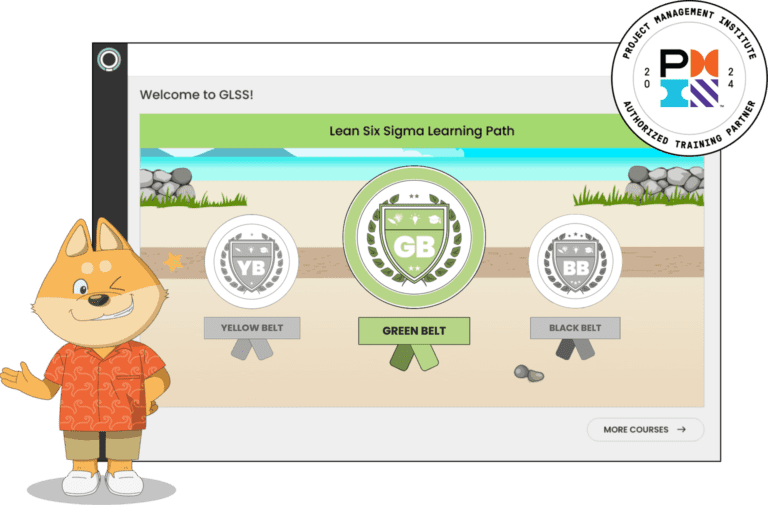Lean Six Sigma Success Story: Increasing Enrollment in Teen Parent Program by 50% Featuring Laura D’Angelo
Home » Case Study » Lean Six Sigma Success Story: Increasing Enrollment in Teen Parent Program by 50% Featuring Laura D’Angelo
Florida
Healthcare
Patient Care
350%
Lean Six Sigma Process Improvement Results:
Increasing Enrollment in Teen Parent Program by 50%
Cape Cod Child Development is a trailblazer in applying Lean Six Sigma to the nonprofit world. Learn how Laura D’Angelo is improving the enrollment rate for their Teen Parent Program!
Project Summary
Director of the Teen Parent Program at Cape Cod Child Development, Laura D’Angelo aims to increase enrollments from 6 to 13 by 12/31/2017.
Problem Statement:
Baseline is 6 enrollments and capacity is 13 enrollments, which results in less teens having support.
Business Case & Benefits:
It is important to do this project so that more teen parents can have support. It also impacts services such as WIC, Healthy Families, and high schools as they are stakeholders and have an interest also in providing support. If not done now, they could be at risk of being able to help more teens and losing part of a contract.
So through our agency, we have family child care providers and the teens are able to have a voucher if they’re either in school or working at least 30 hours a week. So this is definitely helpful for them. They have a lot of responsibilities and try to balance everything with being a parent and working and going to school. So this child care can help them with that.
Define Phase: Identify the Problem
The Define Phase is the first phase of the Lean Six Sigma improvement process. In this phase the project team creates a Project Charter, a high-level map of the process and begins to understand the needs of the customers of the process.
This is a critical phase in which the team outlines the project focus for themselves and the leadership of the organization.
…we were able to see were some of what the issues were in terms of what the customers were saying. There had been a little bit of a wait for childcare and also for infant placement because unfortunately, there were not as many providers on the Cape. Placement may have been too far and the enrollment process may have been taking a little bit longer than we had anticipated.
So, these were some of the areas that we thought were very helpful to focus on in order to provide the best care and support for the family
Check out their completed Lean Six Sigma Tools: Project Charter, SIPOC, Voice of the Customer Translation Matrix, “As-Is” Detailed Map Segment
Measure Phase: Quantify the Problem
How does the process currently perform? Or in other words, what is the magnitude of the problem? Measurement is critical throughout the life of the project. As the team starts collecting data they focus on both the process as well as measuring what customers care about.
That means initially there are two focuses: reducing lead time or improving quality. In the Measure Phase, the team refines the measurement definitions and determines the current performance or the baseline of the process.
So this run chart is showing how the enrollment had fluctuated. Unfortunately, it had gone up and then went down but as you’ll see later on, that we have gone up to a pretty significant number since July. But this does show the variation and the number of enrollments over time.
Check out their completed Lean Six Sigma Tools: Data Collection Plan, Baseline – Teen Enrollment
Analyze Phase: Identify the Cause of the Problem
The Analyze Phase is often not given enough attention and, without analysis, teams jump to solutions before knowing the true root causes of the issues. The result is teams who implement solutions but don’t resolve the problem! These efforts waste time, consume resources, create more variation and, often, cause new problems.
The ideal is for teams to brainstorm potential root causes (not solutions), develop hypotheses as to why problems exist and then work to prove or disprove their hypotheses.
Verification includes both process analysis and data analysis and has to be completed before implementing solutions. This is the crux of the Analyze Phase!
The biggest issues were the placement being available and the enrollment process taking a while. And there are different reasons why that could happen. The teens really have a lot on their plate in terms of being a parent, being in school, or working. So scheduling can be pretty difficult. So there are often times that we have to reschedule and that’s understandable.
But also, looking at eligibility is another piece. So there are certain documents that are required. So making sure that we have all of that in place before we can go ahead and enroll a family and family child care can take a little bit of time. So this was a good way to analyze this further.
Check out their completed Lean Six Sigma Tools: Fishbone Diagram, Swimlane Map, Root Cause Hypothesis, 5 Whys
Improve Phase: Implement and Verify the Solution
How will the team mitigate the root causes of the problem? Once the project teams have determined the root causes it’s time to develop solutions.
The Improve Phase is where the team brainstorms solutions, pilots process changes, implements solutions and lastly, collects data to confirm there is measurable improvement.
A structured improvement effort can lead to innovative and elegant solutions that improve the baseline measure and, ultimately, the customer experience.
…this is when we were able to look at the potential of what we were able to do. So streamlining the number of forms in the process was really helpful. So I was able to remove some forms, the whole team, we were all working together in removing forms together or combining some referral forms because again, we have paperwork for the teen program but also family childcare paperwork and then eligibility paperwork too.
Enrolling within 10 days of meeting and we try to do this by decreasing the number of emails, phone calls, and the meetings for the paperwork. So in order to decrease those steps, that was very helpful.
Check out their completed Lean Six Sigma Tools: Solution Selection Matrix, Implementation Plan, FMEA, “To Be” Map Segment, Run Chart – Improved Teen Enrollment
Control Phase: Maintain the Solution
Now that the process problem is fixed and improvements are in place, the team must ensure that the process maintains the gains.
In the Control Phase the team is focused on creating a Monitoring Plan to continue measuring the success of the updated process and developing a Response Plan in case there is a dip in performance.
Once in place, the team hands these plans off to the Process Owner for ongoing maintenance.
Benefits & Lesson Learned
Benefits:
- More clarity was gained on the roles and responsibilities of each team member involved in the enrollment process
- A deeper understanding on:
- What forms are necessary/unnecessary
- Eligibility factors
- How the Family Child Care division rules and regulations impact the enrollment process
Lessons Learned:
- Paperwork and enrollment process has been reduced via process walks
- Understanding the voice of the customer was critical in understanding their requirements
- Collecting data is critical to understanding performance and improving it
- Although goal to full enrollment was not achieved, the team was able to improve the process as a whole
So some lessons learned, paperwork in enrollment process has been reduced through having these meetings and process walks with the team. So that was a really valuable way to know how to decrease the forms and the amount of steps that we have.
Check out their completed Lean Six Sigma Tools: Monitoring & Response Plan, Lessons Learned, Project Benefits
Get the inside scoop on many other successful Lean Six Sigma projects at our Super Stories of Success page. Do you have a story to tell? We’d love to hear about your own project success! Please contact us.





